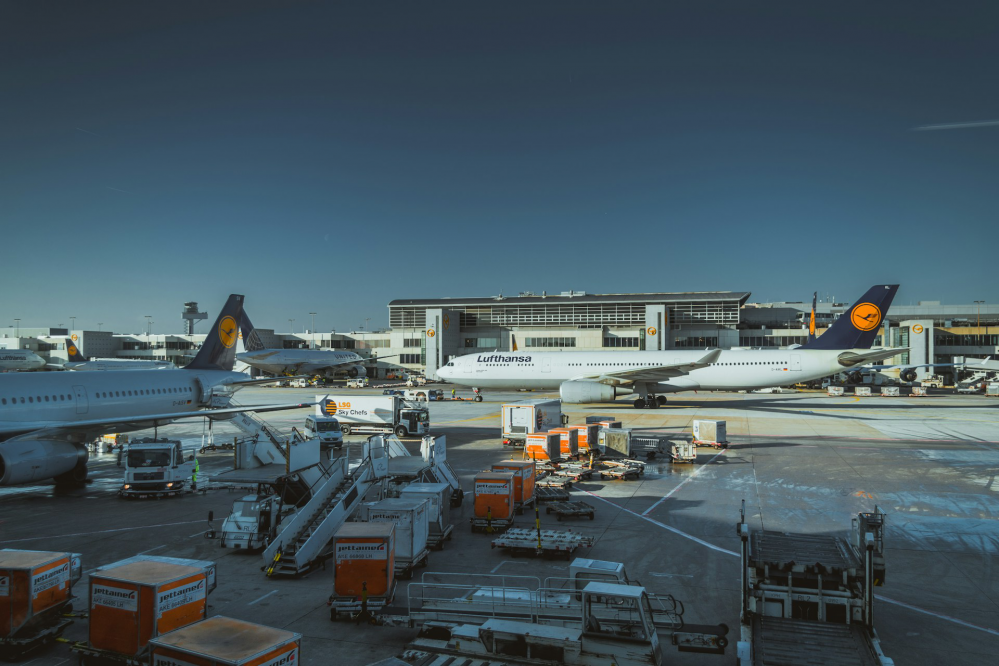How Much Does It Cost to Ship a 40-Foot Container from China?
In today's increasingly globalized trade environment, global logistics has become an essential component of business operations. For companies engaged in import and export activities, understanding shipping costs, especially for 40-foot containers, is crucial for cost control, supply chain optimization, and enhancing market competitiveness. This article will provide a detailed analysis of the factors affecting shipping costs, the cost ranges for different destinations, and effective methods for reducing shipping costs.
Factors Affecting Shipping Costs
Shipping costs are influenced by a variety of factors. Here are some key variables:
1. Destination:The destination is one of the most significant factors affecting shipping costs. Generally, shipping a 40-foot container from China to nearby Asian countries is relatively cheaper due to shorter distances and lower fuel costs. In contrast, shipping to Middle East, America, or Africa tends to be more expensive. For example, the cost of shipping to Southeast Asia may be only about half of that to northern European ports.
2. Shipping Routes and Carriers:Different shipping routes and carriers offer varying pricing structures. Large shipping companies, leveraging their economies of scale, can typically provide more competitive prices, while specialized routes may charge higher fees due to their unique services. Choosing the right shipping route and carrier can help reduce shipping costs.
3. Container Type and Condition:The type and condition of the 40-foot container also affect shipping costs. Standard containers generally have lower transportation costs compared to specialized containers (such as refrigerated or hazardous goods containers). Additionally, the age of the container (new or used) can impact the cost.
4. Type of Freight:The way goods are transported (Full Container Load (FCL) or Less than Container Load (LCL)) directly affects pricing. For large volumes of goods, FCL is usually more cost-effective as it avoids the potential additional costs associated with LCL shipping.
5. Seasonality:Seasonal fluctuations in shipping demand can lead to changes in freight rates. During major holidays or peak shopping seasons when shipping volumes surge, freight rates tend to rise. Therefore, planning and booking shipping services in advance can effectively avoid peak season surcharges, thereby reducing shipping costs.
6. Additional Services:Besides the basic transportation costs, additional services such as door-to-door delivery, customs clearance, insurance, and storage can significantly increase the total shipping costs. These extra fees should be considered in the budget.
7. Shipping Cost Ranges for Different Destinations:
Here are some general price ranges for shipping a 40-foot container from major Chinese ports to different global destinations:
|
Question |
Price Range |
|
How much does it cost to ship from China to the United States (West Coast)? |
$3,000 - $5,000 |
|
How much does it cost to ship from China to the United States (East Coast)? |
$4,000 - $6,500 |
|
How much does it cost to ship from China to Europe (Northern Ports)? |
$2,500 - $4,500 |
|
How much does it cost to ship from China to Europe (Southern Ports)? |
$2,000 - $4,000 |
|
How much does it cost to ship from China to Australia? |
$2,000 - $3,500 AUD |
|
How much does it cost to ship from China to Southeast Asia? |
$1,500 - $3,000 |
|
How much does it cost to ship from China to Africa? |
$3,500 - $6,000 |
To ensure the best prices, it is recommended to obtain quotes from multiple carriers and consider factors such as transit time and service quality.
Learn more:
Freight Costs for 20ft and 40ft Containers From China To Italy
Freight Costs for 20ft and 40ft Containers From China To USA
Freight Costs for 20ft and 40ft Containers From ChinaTo Canada
Freight Costs for 20ft and 40ft Containers From China To Nigeria
Methods for Reducing Shipping Costs
To optimize your transportation budget, consider the following strategies:
Plan Ahead:Booking shipping services in advance can help you secure lower prices and avoid peak season surcharges. Planning ahead also ensures you have enough time to address potential shipping delays or other issues.
Consolidate Shipments:If possible, combine shipments to take advantage of Full Container Load (FCL) rates. FCL is usually more cost-effective than Less than Container Load (LCL), especially for large volumes of goods.
Choose the Right Trade Terms:Selecting the appropriate International Commercial Terms (Incoterms) can help you effectively manage costs and risks. For example, using FOB (Free on Board) terms can make the buyer responsible for more shipping costs, while using CIF (Cost, Insurance, and Freight) terms includes freight in the seller’s price.
Negotiate with Carriers:Negotiating with multiple carriers can ensure you get the best rates. Signing long-term contracts with carriers can also provide you with more favorable terms and more stable services.
Utilize Freight Forwarders:Professional freight forwarding companies like Presou can help you navigate complex global logistics issues, offering competitive prices and customized integrated logistics solutions tailored to your needs. By partnering with experienced freight forwarder, you can save time and effort while ensuring a smooth shipping process.
Why Choose Presou Logistics for Your Global Logistics Needs?
Presou Logistics is a professional global logistics company with an extensive global network and rich industry experience. We are committed to providing efficient and reliable logistics services to help you tackle complex international shipping challenges. By choosing Presou Logistics, you can enjoy a full range of solutions from cost estimation to cargo delivery, optimize shipping costs, and ensure that your goods arrive safely and on time. Our professional team will provide you with personalized services to meet your specific needs, making your global logistics process smoother.
 English
English 简体中文
简体中文 繁體中文
繁體中文 Afrikaans
Afrikaans አማርኛ
አማርኛ Español
Español العربية
العربية Français
Français Dansk
Dansk Български
Български Беларуская мова
Беларуская мова বাংলা
বাংলা Português
Português Русский
Русский Afsoomaali
Afsoomaali فارسی
فارسی Türkçe
Türkçe كوردی
كوردی Deutsch
Deutsch 日本語
日本語 ไทย
ไทย Tiếng Việt
Tiếng Việt Italiano
Italiano עִבְרִית
עִבְרִית 한국어
한국어 Română
Română Nederlands
Nederlands Bahasa Indonesia
Bahasa Indonesia Shona
Shona



